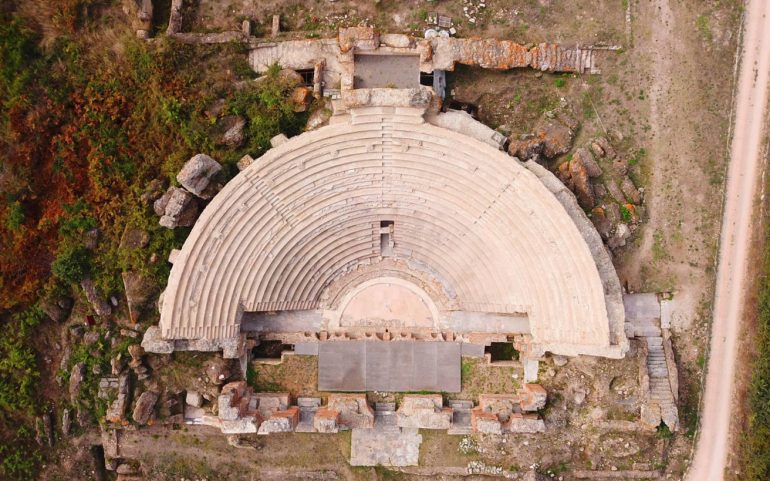Traces of human civilization can be found in every corner of our country, which can be characterized as a huge archaeological site.
Thousands of tourists visit it every year Greece, to get acquainted with the origins of Western civilization and to visit its popular archeological sites, which are a shining example of its glorious and rich history.
Great archaeological sites-houses of humanity, which consist of temples and public markets, various infrastructure buildings, parliamentarians, etc., tell their visitors a history of 5.000 years.
Among them are lesser-known monuments that played an equally important role in the course of history, but today do not know the same projection of the popular and "well-publicized" sights of the country. Here are five ancient Greek "treasures" that have put their own (important) stone in the history of Greece.
Ancient Nikopolis
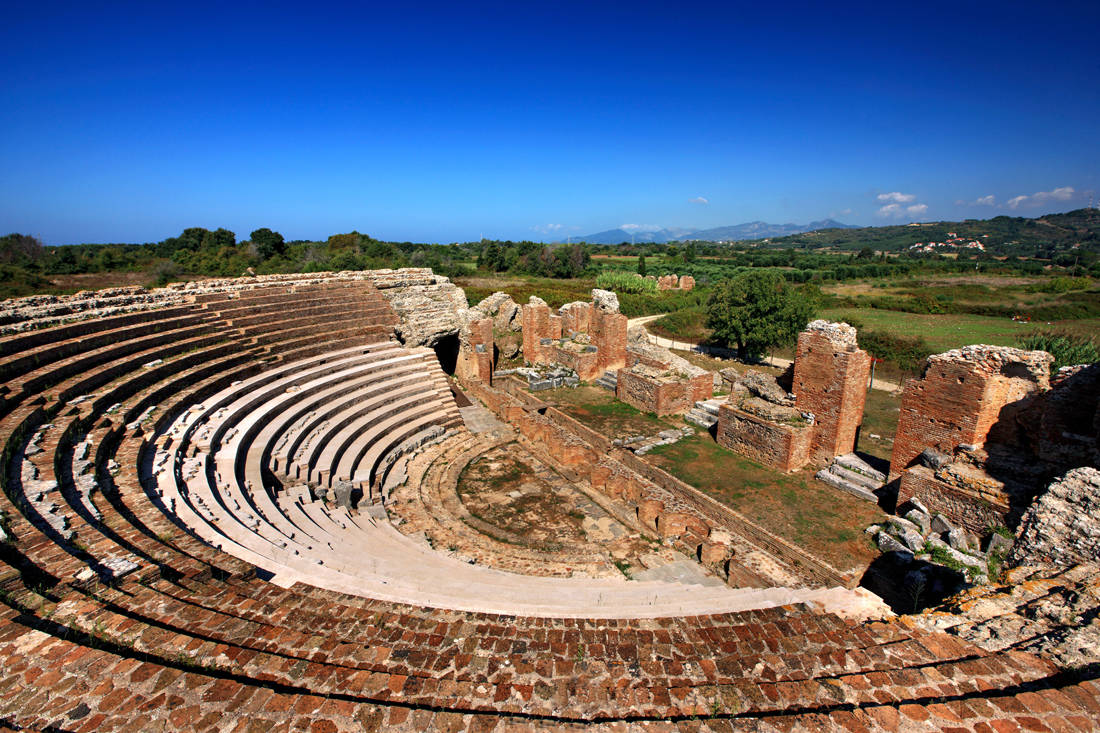
At a distance of just 10 km from the city of Preveza and on the national road Preveza-Ioannina, on the peninsula that separates the Amvrakikos gulf from the Ionian Sea, stands arrogantly over time the largest ancient city in Greece. THE Nikopolis, also known as the "City of Victory" (its name includes the word victory) was the pride of the Roman emperor Octavian, as it was created by his order as a symbol of his great victory over the fleet of Antonius and Cleopatra, in the famous naval battle of Aktio in 31 BC.
It is the largest ancient city in Greece, which stretches over an area of 1500 acres from the Ionian to the Amvrakikos - to understand the size just think that to go from the Theater to the Conservatory, you will need to travel by car - and flourished both during the Roman period and later during the Early Christian era. What impresses visitors, apart from the particularly large area of the ancient city, is the multitude of surviving monuments.
The most important of these are the Ancient Walls, with the fortification enclosure measuring more than 5 km. Today only some parts of them survive as most of them were used as material for the creation of the Byzantine wall. Also impressive is the Ancient Theater of Nikopolis, which was built at the beginning of the 1st century AD, as well as the Roman Conservatory, one of the best preserved monuments of the ancient city, which was created during August and underwent some alterations at the end of the 2nd and the beginning of the 3rd c. A.D. The Nymphaeum of Nikopolis, near the western gate of the Roman walls, Thermes, one of the most important complexes of the city and Smirtoula, where Octavian Augustus had his observatory during the Battle (from here you can enjoy panoramic views of the whole area ) and the place where after the victory he erected the great sanctuary of Apollo, in what is worth visiting in the ancient city. The Old Archaeological Museum of Nikopolis operates inside the archeological site, while in 2009 the New Archaeological Museum of Nikopolis was inaugurated, at the northern entrance of Preveza.
Ancient Messina
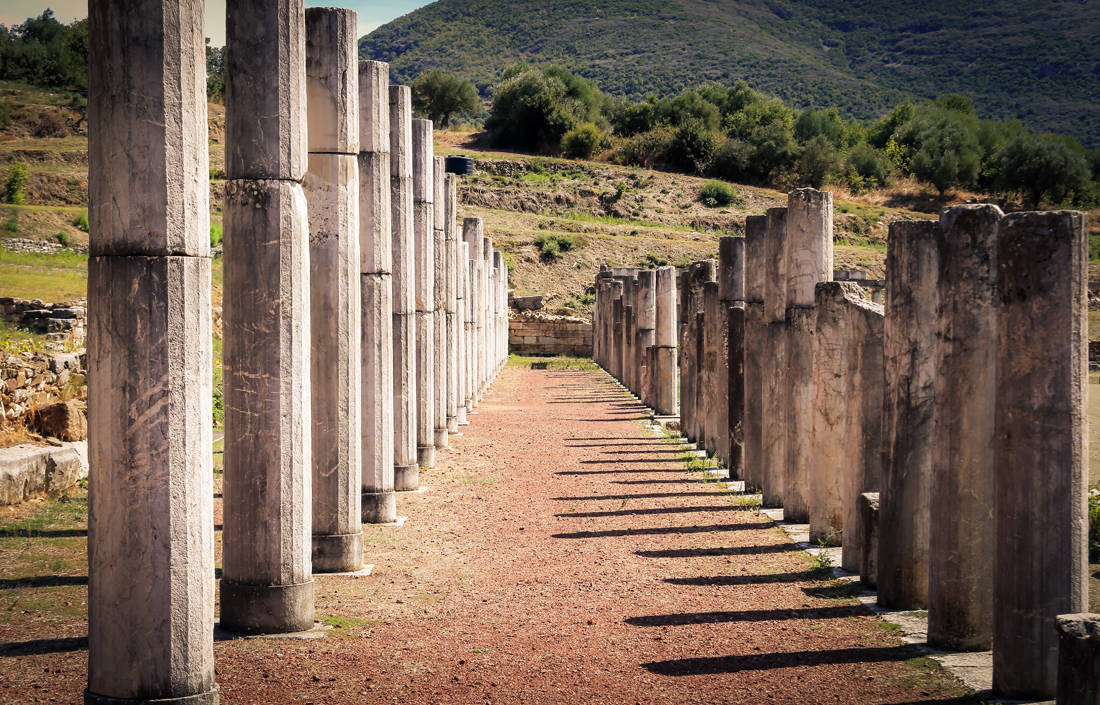
One of the most important archeological sites of Messinia, the Ancient Messina is located at a distance of 30 km from the center of Kalamata, just outside the village of Mavrommati. It is one of the best preserved ancient cities in Greece that manages to maintain to this day the glamor of the past, thus impressing its visitors. The city owes its name to the mythical queen Messina, daughter of the king of Argos Triopas and remained the cultural center of Messinia until 359 BC, when the invasion of the Goths of Alarichos dealt the final blow to the region.
The first findings of the ancient city, built in 369 BC. by the Theban general Epameinondas, began to come to light during the Greek Revolution, gradually surprising archaeologists and the public. The city was created according to the hippodame system in the layout, according to which all buildings have the same orientation. The space is divided into horizontal and vertical axes, while the city wall is 9 km long with two main gates. One was the Arcadian (gate of Megalopolis) and the other the Laconian.
Among the most important monuments of the archeological site that have been discovered with the excavations are the Theater (pre-existed from the Hellenistic era and rebuilt during the emperors Augustus and Tiberius in the middle of the 2nd century AD), the Holy Isis and Sarapidos, a primitive , the fountain of Arsinoe (daughter of the mythical king of Messinia Lefkipou and mother of Asclepius), the west side of the Agora, the Holy Temple of the Savior, the Roman mansion of late Roman times, the Stadium and the Gymnasium (typical examples of the diatom ancient city). All the findings are housed in a small two-storey museum in the village of Mavromati, before entering the archeological site.
Ancient Nemea
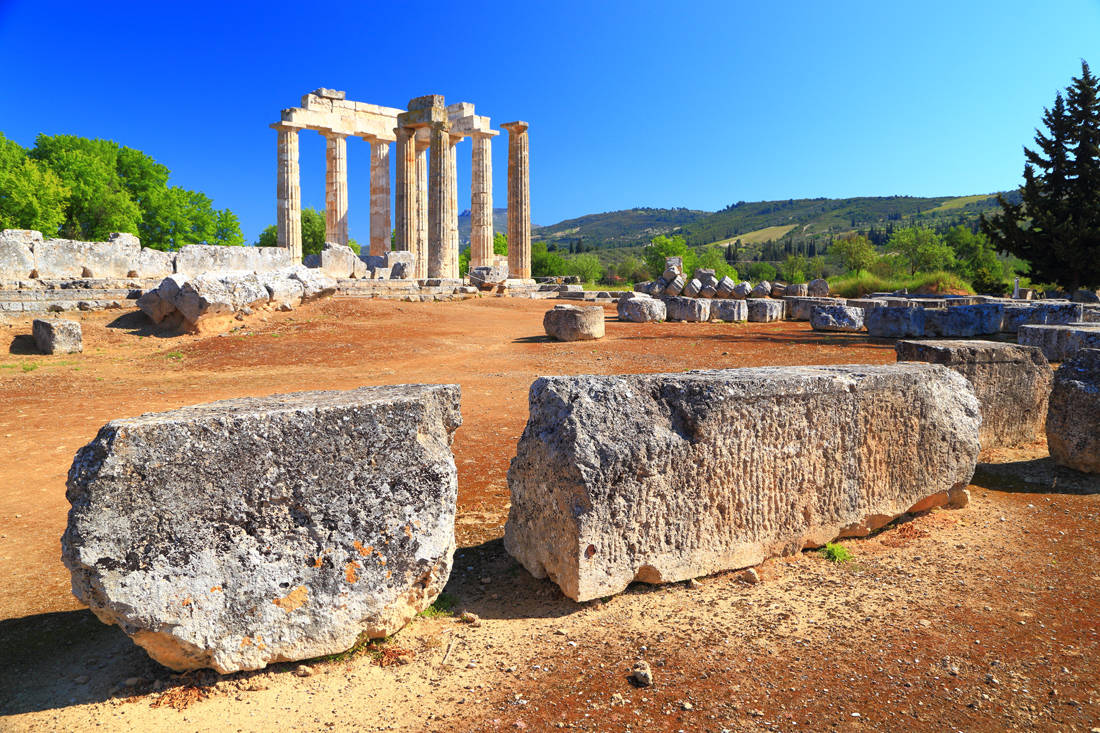
In a valley at the foot of the Arcadian mountains, the Ancient Nemea It was one of the most important sanctuaries of ancient Greece, where, in fact, pan-Hellenic sports games were held. Its name is due to the word prefecture (pasture), because of the cattle breeders who lived in the area.
According to mythology, there are two versions that led to the creation of the sanctuary. The first wants Hercules to establish the sanctuary in honor of Zeus' father, after killing the lion of Nemea. The second, which is the most prevalent, is due to the death of the child of the king of Nemea and priest of Zeus, Lycurgus, and his wife Eurydice. Because it was considered a bad omen (the baby until he walked, according to the oracle of Pythia, should not touch the ground, something that did not happen and he lost his life) and in order to refine the gods, the epitaph sports games were established in Nemea, with the judges, as a sign of mourning, to dress in black.
The first prosperity of Nemea (although the area seems to have existed since the Neolithic era) occurred in the 6th c. e.g. with the construction of the sanctuaries and the founding of the sports games, with its final abandonment being marked in 540 AD, after a morphological change it underwent, which resulted in the depletion of water reserves.
Among the most important sights discovered by archaeological excavations (started in 1766 and continuing to this day, in combination with restoration and conservation works) is the Temple of Zeus, which dates from the 6th c. BC, the Altar of Zeus created in the 5th c. e.g. for the sacrifices in honor of Zeus, the Hero Ofeltis dating to the second quarter of the 6th c. e.g. and the Stadium, created in 330-320 BC. and had a capacity of about 30.000 spectators.
Aristotle School
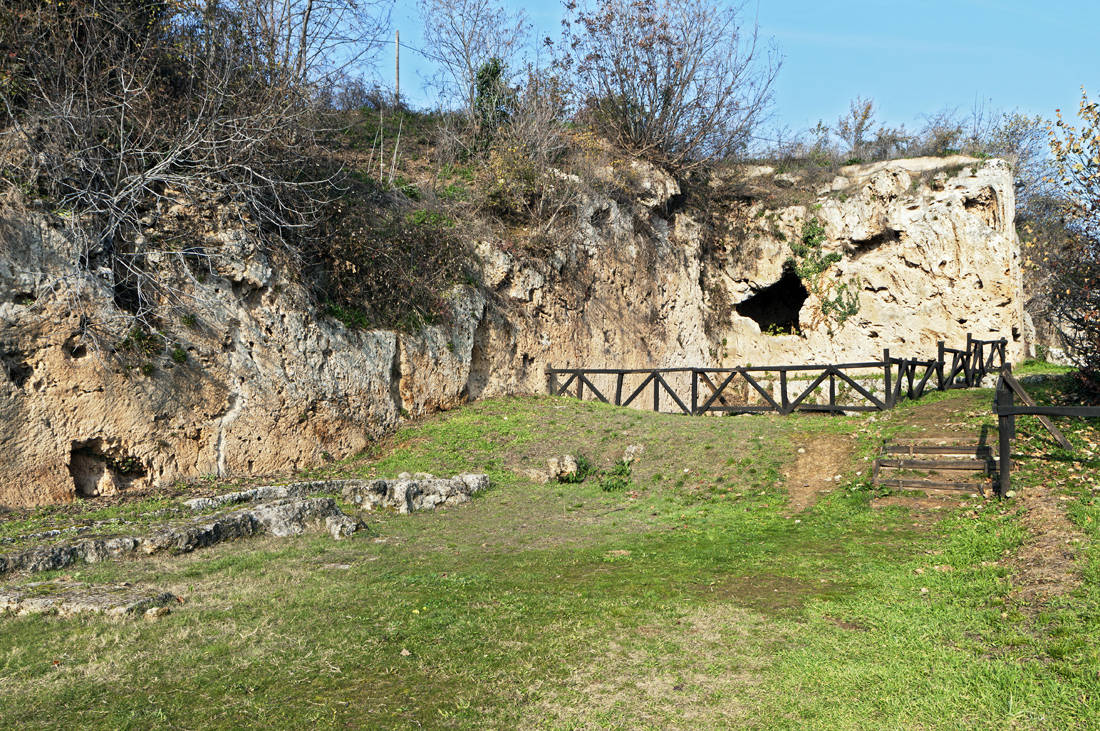
Near the heroic city of Naoussa, about 2 km from it, in Nymfaio (the sanctuary dedicated to the Nymphs) of the great Macedonian city of Mieza, is the place where the first meeting of the greatest philosopher of antiquity, Aristotle, took place. and Prince Alexander the Great.
At the Isvoria site, therefore, the School of Aristotle, which dates from the middle of the 4th BC. and was created in order for the great philosopher of antiquity to teach to the son of the king of Macedonia Philip II and to the sons of the Macedonian nobles the virtuous life and well-being, the classical Greek thought and the principles of Platonic philosophy.
It is a place in a wonderful natural landscape, where there are three natural caves, which are the main area of the school along with a masonry of a two-storey gallery with Ionic columns.
Directly opposite the archeological site, the homonymous cultural center has been created, which functions as an exhibition space, a conference room, a reception and service area for visitors, a refreshment room-restaurant.
Lissos
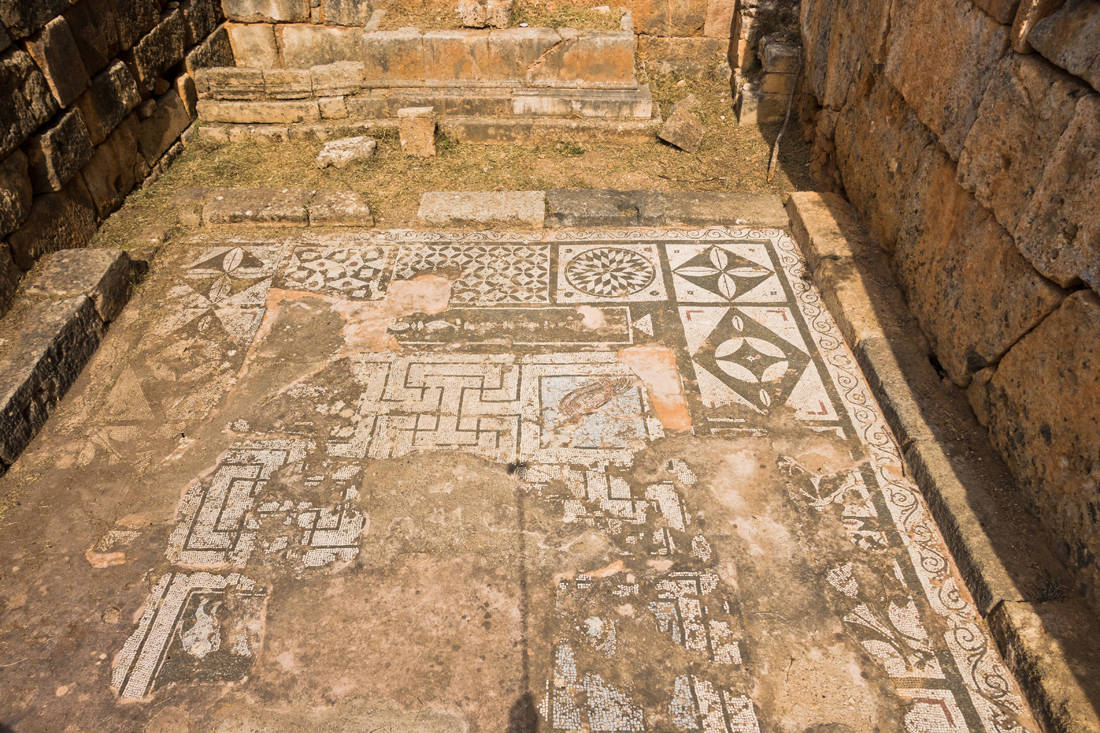
In the southern part of the prefecture Chania, between Sougia and Paleochora, Lissos, in the bay of Ai-Kyrkos, was an important city of Crete and despite its small size was an important political and religious center for the wider region.
In its archeological site are preserved mainly public buildings as well as infrastructure works from the Roman era (remains of walls, ruins of baths, installations with baths, etc.), while scattered tombs and some capitals are found scattered. One of the most important findings that came to light with the first excavations carried out in the area by the Archaeological Society of Western Crete between 1957-1958, the temple of Asclepius, small and in Doric style, is made of hewn stones.
The Asclepieion of Lissos flourished from the 4th century until the imperial, Roman times, due to the thermal waters of the area, which attracted people from all over Crete with their healing properties. A large earthquake that occurred in the area destroyed the Asclepieion, however to this day its impressive mosaic floor, which depicts geometric shapes and animals, survives.
During the archaeological research at the site were found statues and statuettes representing the god Asclepius, Pluto and the goddess Health, as well as gold movable finds, thus proving the wealth of the city, which are exhibited in the archaeological museums of Heraklion and Chania.
